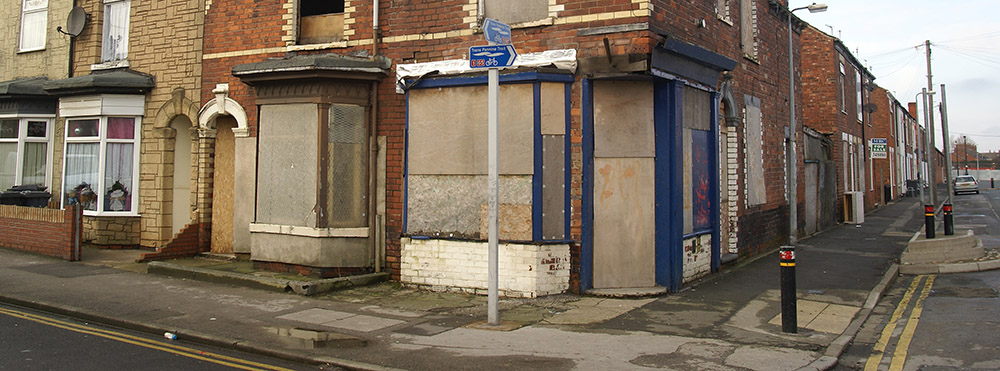
By Scott Hampel
Many challenges face healthcare’s underserved. There are issues with food, housing, reliable transportation, steady employment and more.
Each contributes to and is one element of social determinants of health (SDH). In communities around the world, public and private organizations are taking steps to address SDH-related issues and challenges that negatively impact healthcare.
For the healthcare industry to find its way to new and innovative SDH programs and to identify those who may benefit, they must be found. While some organizations use referrals following face-to-face meetings with prospective program members, predictive analytics can be utilized to identify many potential enrollees quickly and efficiently, as well.
The data could come from a variety of healthcare or socioeconomic sources
“Analytical capabilities in healthcare can be used to identify patterns of care and discover associations from massive healthcare records, thus providing a broader view for evidence-based clinical practice,” according to an article published in Technological Forecasting & Social Change. “Healthcare analytical systems provide solutions that fill a growing need and allow healthcare organizations to parallel process large data volumes, manipulate real-time, or near real time data, and capture all patients’ visual data or medical records. In doing so, this analysis can identify previously unnoticed patterns in patients….”
Predictive analytics uses a large dataset and an algorithm to, in this instance, identify people who may benefit from help. The data could come from a variety of healthcare or socioeconomic sources, including healthcare facilities and community organizations, and might contain information about:
- Wellness
- Chronic conditions
- Food
- Transportation
- Billing codes
The nonprofit eHealth Initiative identified data as crucial to understanding SDOH. “The importance of SDOH data in contributing to the complete picture of individuals and communities cannot be underestimated,” according to the organization.
An issue, however, is the slow adoption of predictive analytics in the healthcare industry. “(R)ecent developments in data analytics also suggest barriers to change that might be more substantial in the health care field than in other parts of the economy,” according to an article published by Brookings. “Despite the immense promise of health analytics, the industry lags behind other major sectors in taking advantage of cutting-edge tools.”
Get our take on industry trends
Where generative AI and healthcare intersect
Here at MedeAnalytics, we’re all a little nerdy. We get excited about what’s on the horizon for technology and spend…
Read on...Is what you’re asking for really what you need? Tips for getting to the root of the problem—and finding the right solution
As a lifelong data enthusiast and healthcare leader, one of my primary objectives is to help transform a reservoir of…
Read on...After the decision: How to effectively integrate new initiatives into current workflows
Choosing a new technology, solution or partner is often a long, intensive process. As important as the decision is, the…
Read on...7 proven strategies for engaging your staff in value-based care
Aligning staff and clinicians around shared, value-focused goals and objectives is essential for organizations to foster a culture of collaboration,…
Read on...


